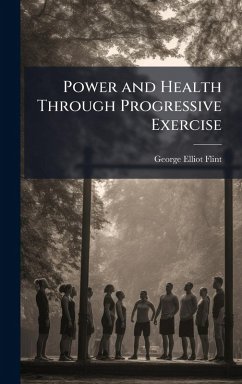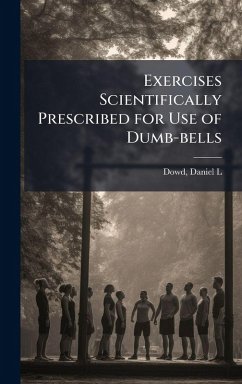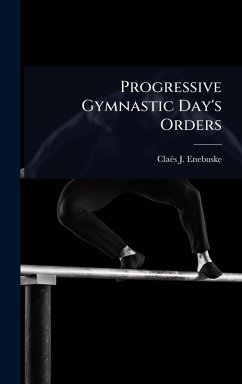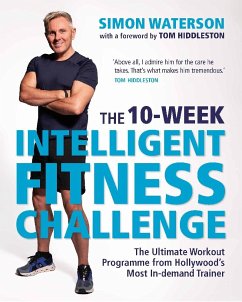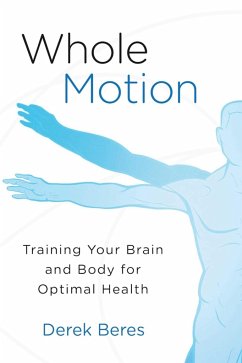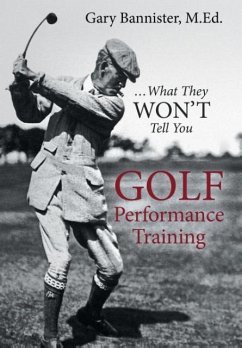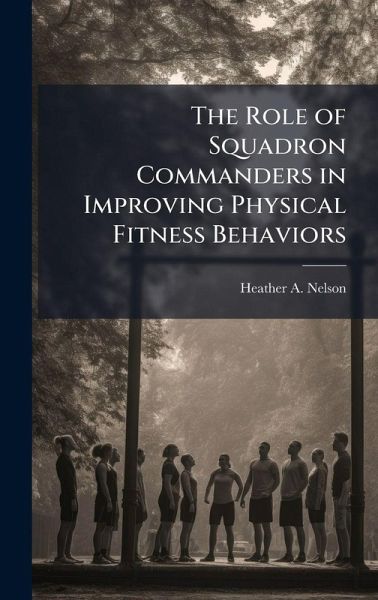
The Role of Squadron Commanders in Improving Physical Fitness Behaviors
Versandkostenfrei!
Versandfertig in über 4 Wochen
25,99 €
inkl. MwSt.
Weitere Ausgaben:

PAYBACK Punkte
13 °P sammeln!
Air Force (AF) personnel need physical and cardiovascular endurance to be productive and healthy. Currently, 44.4 percent of AF members are overweight, 12.4 percent are obese, and only 59.4 percent of AF members engage in regular physical activity. The purpose of the study is determining the best methods to achieve a fit and healthy force and to motivate AF members to maintain physical activity. Fifty-two squadron commanders participated in a web-based survey. The most common squadron fitness activities were running (78 percent), calisthenics (74 percent), and a practice fitness assessment (68...
Air Force (AF) personnel need physical and cardiovascular endurance to be productive and healthy. Currently, 44.4 percent of AF members are overweight, 12.4 percent are obese, and only 59.4 percent of AF members engage in regular physical activity. The purpose of the study is determining the best methods to achieve a fit and healthy force and to motivate AF members to maintain physical activity. Fifty-two squadron commanders participated in a web-based survey. The most common squadron fitness activities were running (78 percent), calisthenics (74 percent), and a practice fitness assessment (68 percent). The three most common rewards given by commanders to high fitness assessment scorers included recognition at commander's call, a one- or two-day passes, and a certificate. These non-monetary awards are strategies to improve fitness behaviors. This work has been selected by scholars as being culturally important, and is part of the knowledge base of civilization as we know it. This work was reproduced from the original artifact, and remains as true to the original work as possible. Therefore, you will see the original copyright references, library stamps (as most of these works have been housed in our most important libraries around the world), and other notations in the work. This work is in the public domain in the United States of America, and possibly other nations. Within the United States, you may freely copy and distribute this work, as no entity (individual or corporate) has a copyright on the body of the work. As a reproduction of a historical artifact, this work may contain missing or blurred pages, poor pictures, errant marks, etc. Scholars believe, and we concur, that this work is important enough to be preserved, reproduced, and made generally available to the public. We appreciate your support of the preservation process, and thank you for being an important part of keeping this knowledge alive and relevant.




